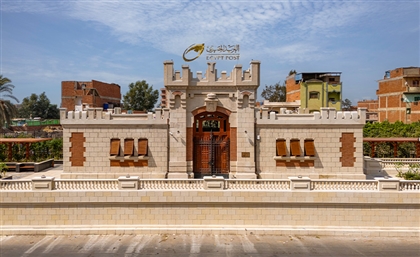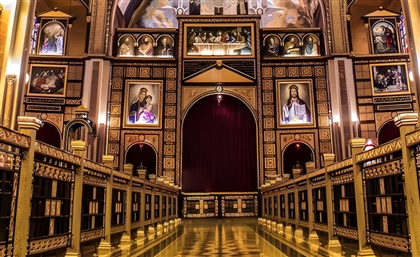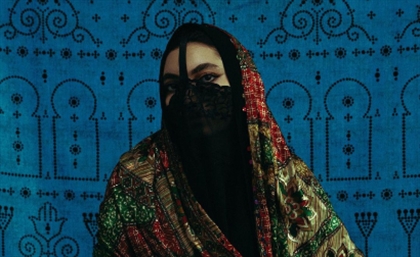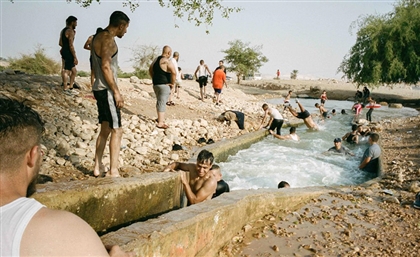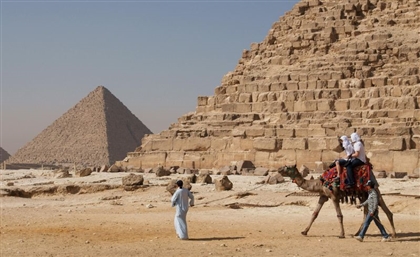Restorations Across Egypt in 2023
From the Ottoman and the Fatimid to the Coptic, these restoration offer a comprehensive view of Egypt’s history.
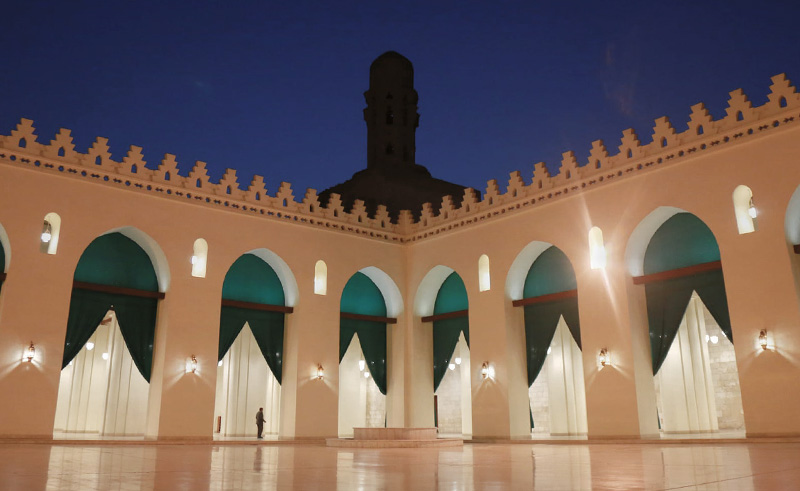
Egypt, a land steeped in ancient marvels, has witnessed the meticulous restoration of a myriad of historic sites in 2023. Amongst the jewels that have been revived, and in some cases given new purpose, this year is the venerable Al-Hakim Mosque, the Mediterranean’s Greco-Roman Museum and the royal King Fouad Train Station.
Preserving Egypt’s unparalleled heritage, these restorations invite you to discover different chapters of Egypt’s history, from the Coptic and the Greco-Roman, to the Mamluk, Fatimid and Ottoman.
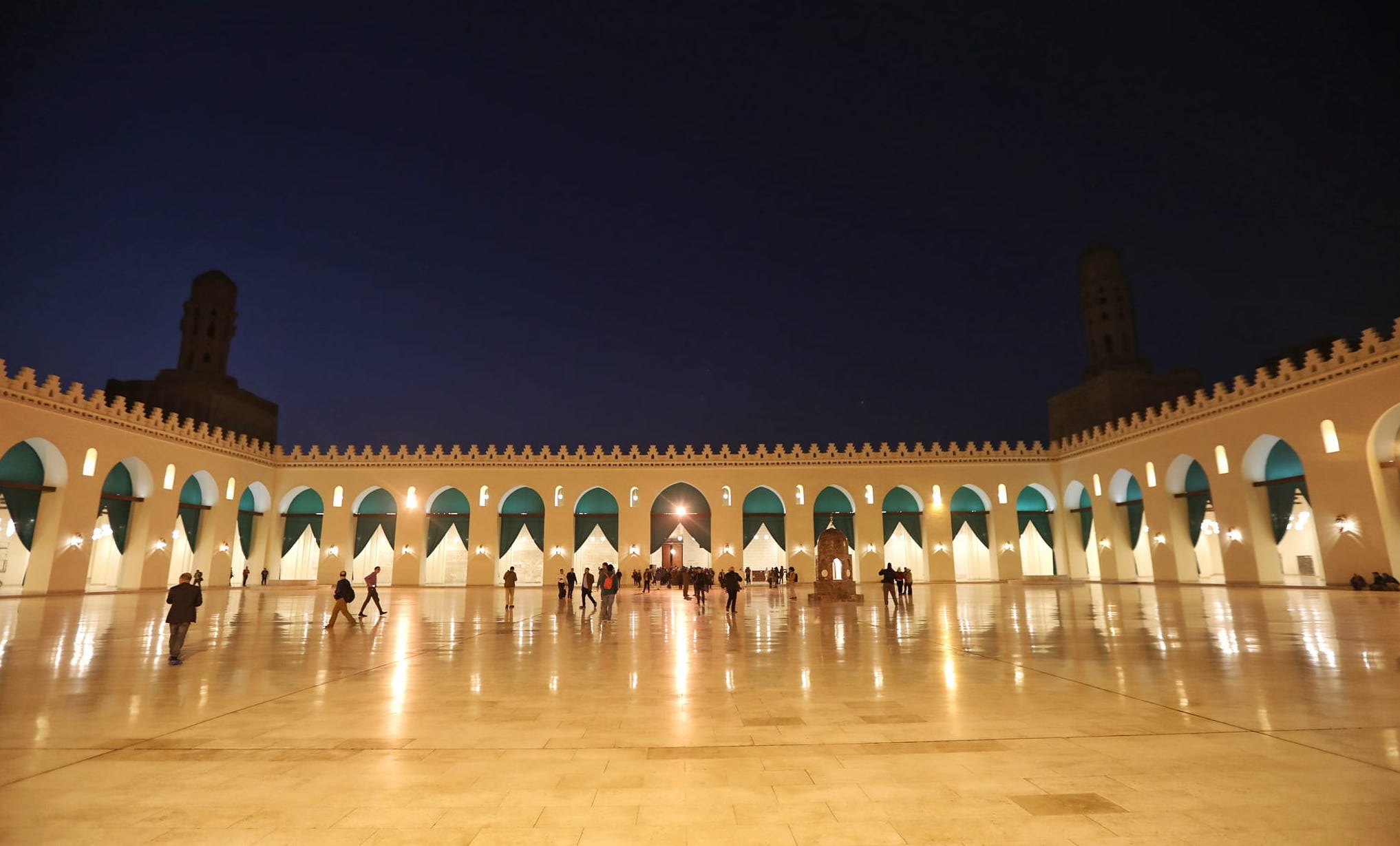
Al-Hakim Mosque - El Moez Street, Old Cairo
The restoration of Al-Hakim Mosque - one of the oldest and largest mosques in Egypt - took five years to complete. With its massive aisles resurfaced, the ornate prayer hall glitters with new lanterns while arcade crenellations mark the boundaries of its awe-inspiring courtyard.
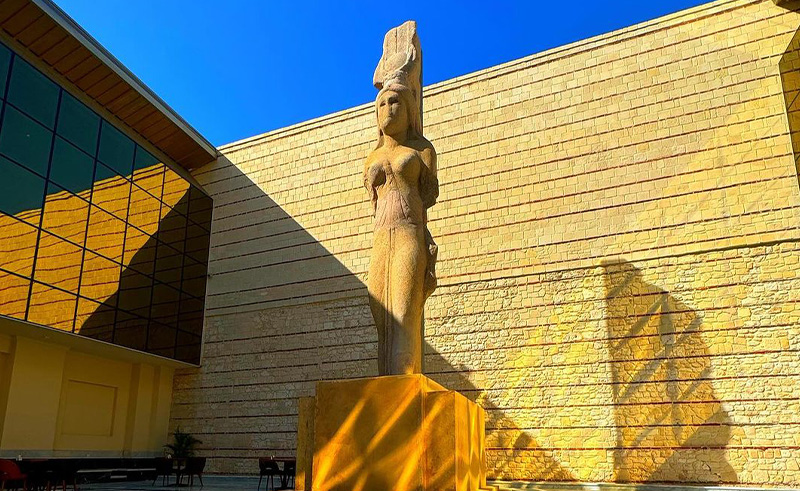
Greco-Roman Museum - Al Attarin, Alexandria
Considered one of the most significant museums in the Mediterranean, the Greco-Roman Museum is the latest attraction to be restored amongst Egypt’s wealth of tourist destinations. After being closed in 2005, the project worked to preserve its classic Roman facade, adding new sections while updating its lighting, ventilation and displays.
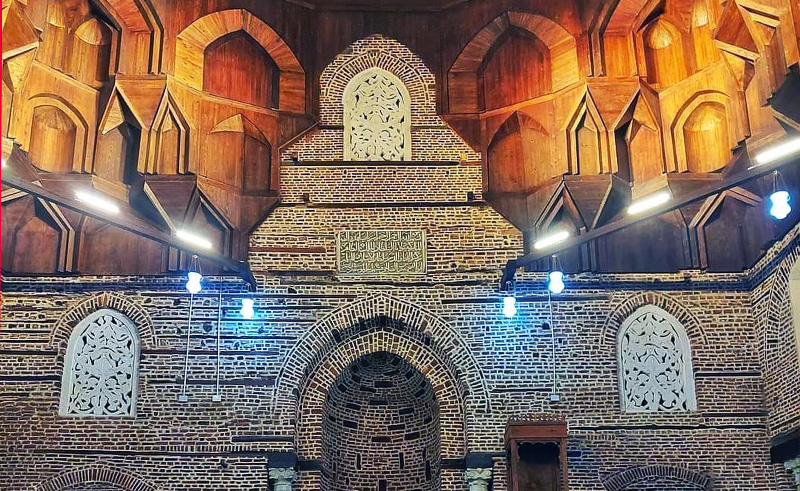
Al Zahir Baybars Mosque - Al-Zahir Square, Cairo
Sixteen years in the making, the restoration of Al-Zahir Babybars Mosque revived the 800-year-old marvel. Despite losing its dome, along with a number of defining decorations, the mosque maintains its sense of grandeur through its colonnades, hypostyle interior and marble columns.
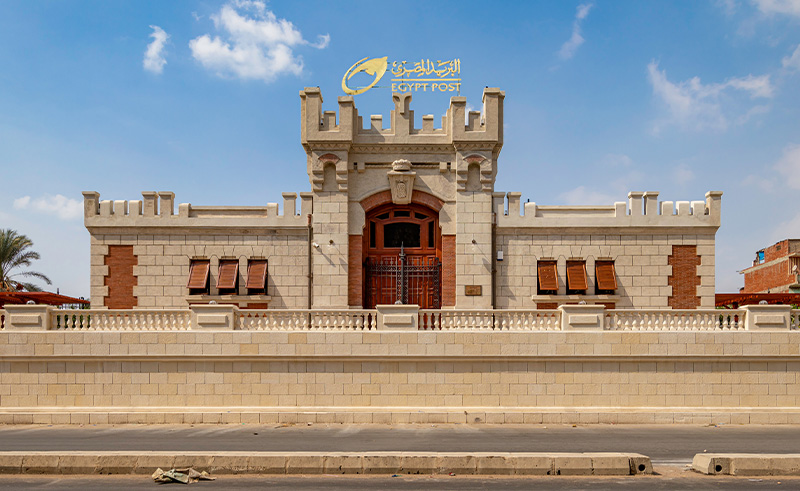
King Fouad Train Station - Kafr El Sheikh
Commonly known as the ‘royal station’, King Fouad Train Station was built in 1934 in Kafr El Sheikh following an order from King Fouad. The monarch wanted it built a few footsteps away from his palace, where he would stay and entertain guests of the royal family. The station was recently restored as a post office building.
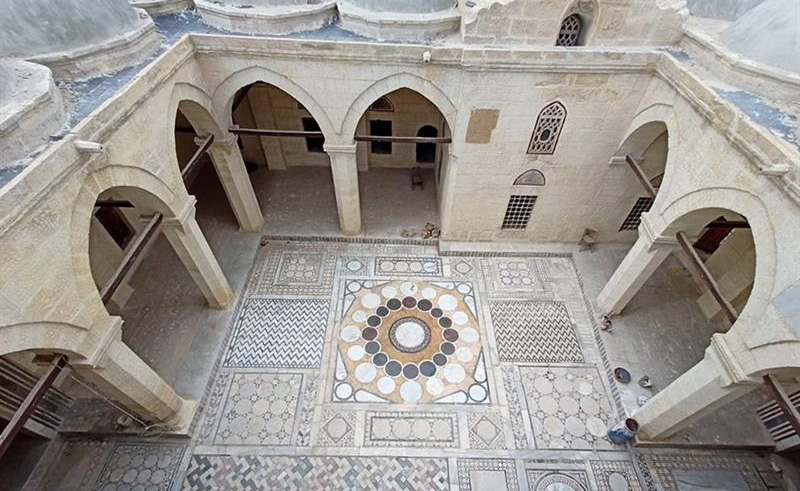
Sariyat Al Jabal Mosque - Cairo Citadel
Dating back to the golden era of the Ottoman Empire, Sariyat al-Jabal Mosque - now known as Sulayman Pasha Mosque - stands as an ethereal synthesis of architectural styles, a harmonious symphony of Ottoman grandeur, Mamluk elegance and Islamic grace.
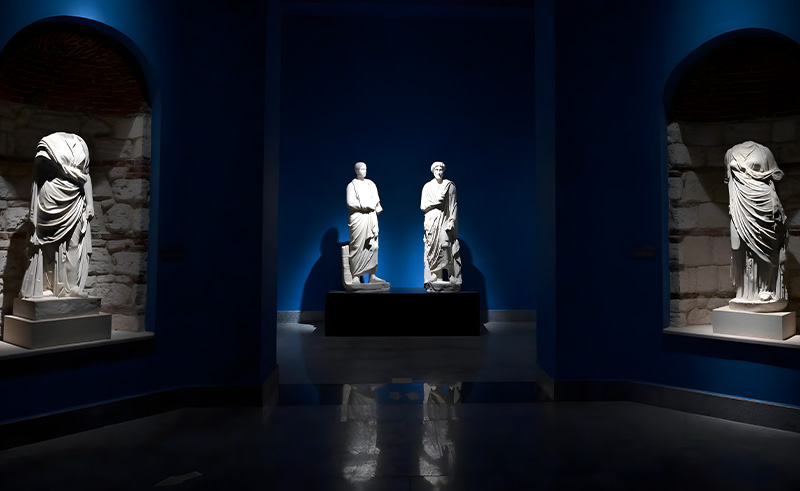
Imhotep Museum - Saqqara Necropolis
Housing a priceless collection of artefacts within its six exhibition halls, the Imhotep Museum’s restoration included upgrades to accommodate people with disabilities, while replacing damaged stone floors and the surrounding walls. Inside, the museum showcases stories of the Saqqara Necropolis, Imhotep and the Step Pyramid of Djoser.
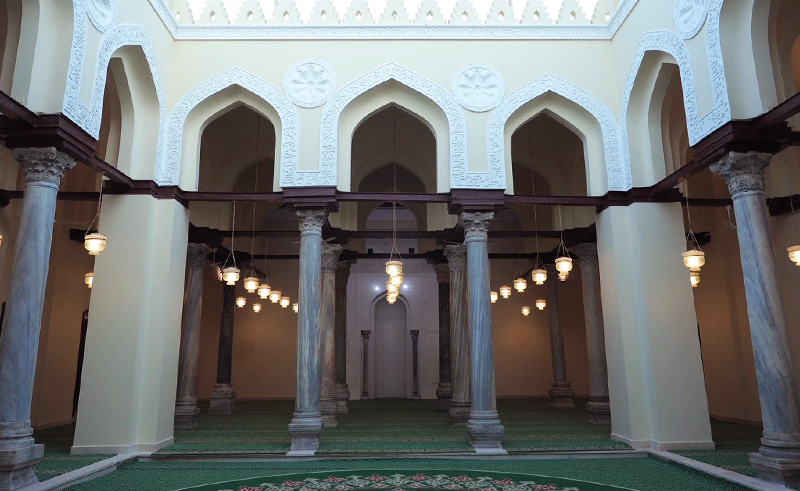
Al Aqmar Mosque - El Moez Street, Old Cairo
A testament to the Fatimid dynasty’s artistic legacy, Al Aqmar Mosque is famed for its expressive stonework and lavish decoration, as well as its strict sense of symmetry and the harmony of its internal axis. Behind the lavish facade, a tranquil courtyard opens surrounded by rows of soaring, vaulted arches and a carved band of Kufic inscriptions.
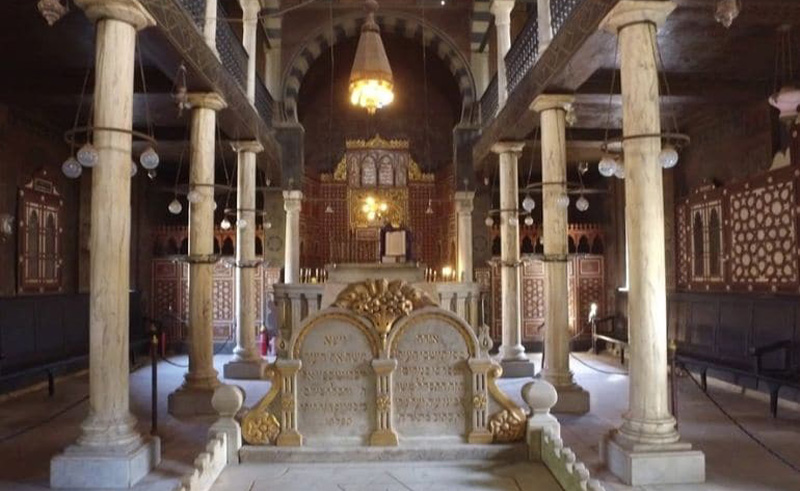
Ben Ezra Synagogue - Coptic Cairo
One of the world’s oldest synagogues, Ben Ezra Synagogue was constructed in 882 AD and named after prominent Jewish scholar and philosopher Abraham Ibn Ezra. Nestled between the winding alleys of Coptic Cairo, the temple stood for over a thousand years as a sacred place of worship, celebration and mourning.
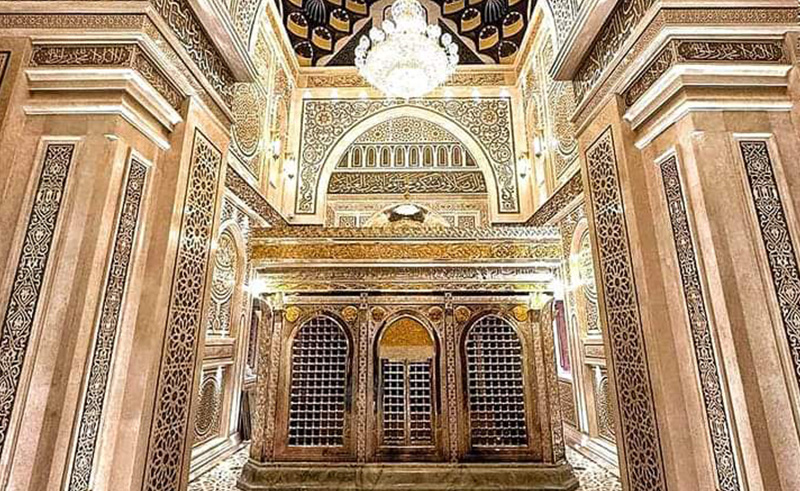
Al-Sayyida Nafisa Mosque - Al Sayyida Nafisa District, Cairo
Holding a significant place in UNESCO’s list of world heritage sites in historic Cairo, Al-Sayyida Nafisa Mosque was constructed during the Abbasid era to honour Sayyida Nafisa. The revered space carries immense spiritual value and serves as a pilgrimage site for Muslims worldwide.
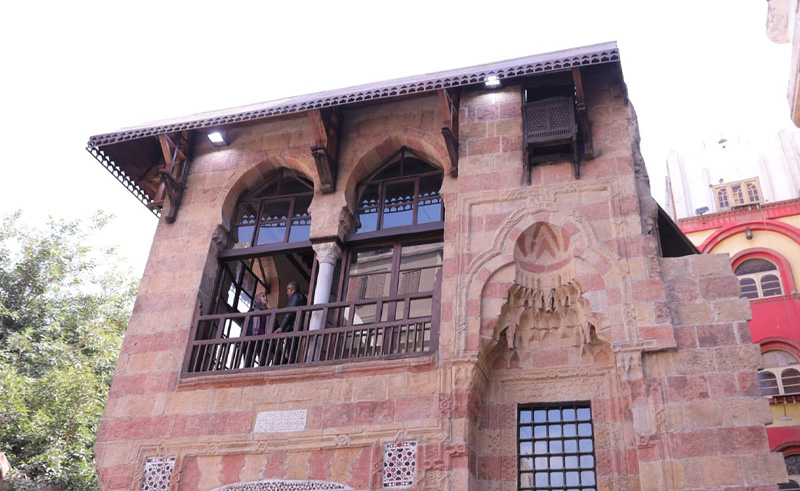
Sabil-Kuttab Al Tobgy - Al Darb Al Ahmar, Old Cairo
Built in 1677 by Abdel-Baqi Kheir El Din El Tobgy, the Sabil-Kuttab Al Tobgy once offered fresh drinking water to passersby and provided elementary education for children, telling of the sort of communal architecture which was predominant in that time period.








